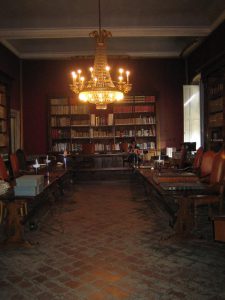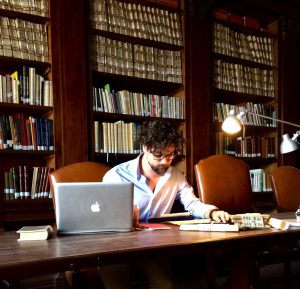
In order to study the early medieval sources about the areas investigated by the nEU-Med project it is necessary to go to one of the richest and most valuable documentary collections in the world: Lucca’s Diocesan Historical Archive (Fig.1), inserted since 2011 in the Unesco Memory of the World Register.
The archive has not known any big damage or transfers: it has always been in the Lucchese episcopal palace. It maintains roughly 1800 charts for the period prior to 1000 and almost half of the parchments preserved in the world for the Longobard period, almost all in original.
Numerous are the charters referring to Maremma. In the Middle Ages, Lucca was the seat of a Duke/Marquise at the head of a regional scale political body. The main political subjects of Lucca (first the Duke/Marquis, then the bishop and the aristocrats who composed the ducal clientele) possessed great land estates on the coast and inland Maremma.
It has been conducted a comb of early medieval Lucchese documentation until the end of the XI century, observing in original more than 2500 parchments (Fig.2). They keep land transactions, concessions of properties and incomes, political agreements, especially between the bishop and other political subjects.

The study of these sources allows to reconstruct the political and economic geography, the land structure of Cornia and Pecora valleys. The collected data can be successfully compared to those provided by other research conducted within the project, in the common effort to reconstruct the mode and timing of Western economic growth in a sample area.


